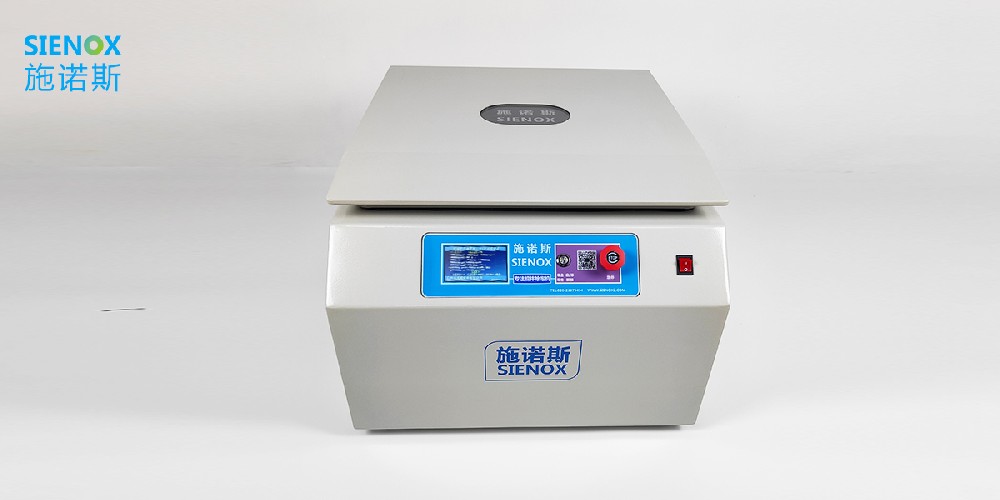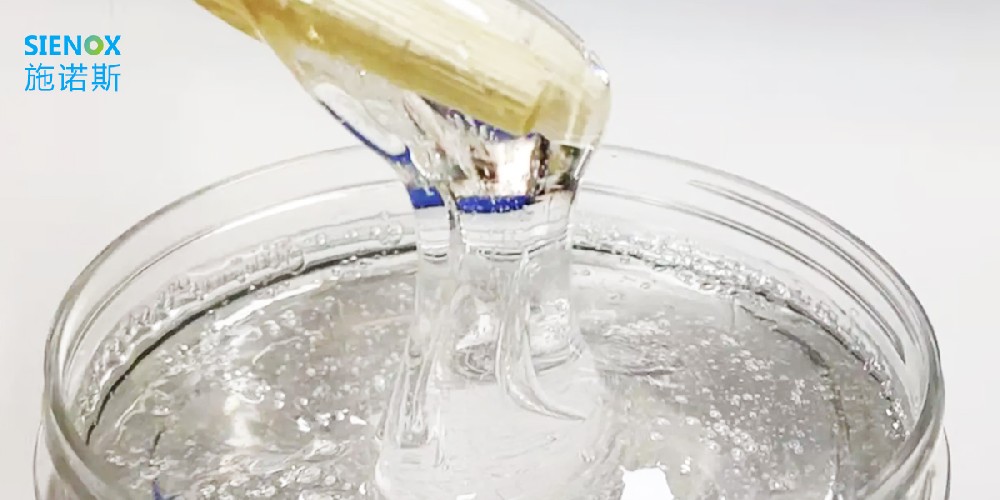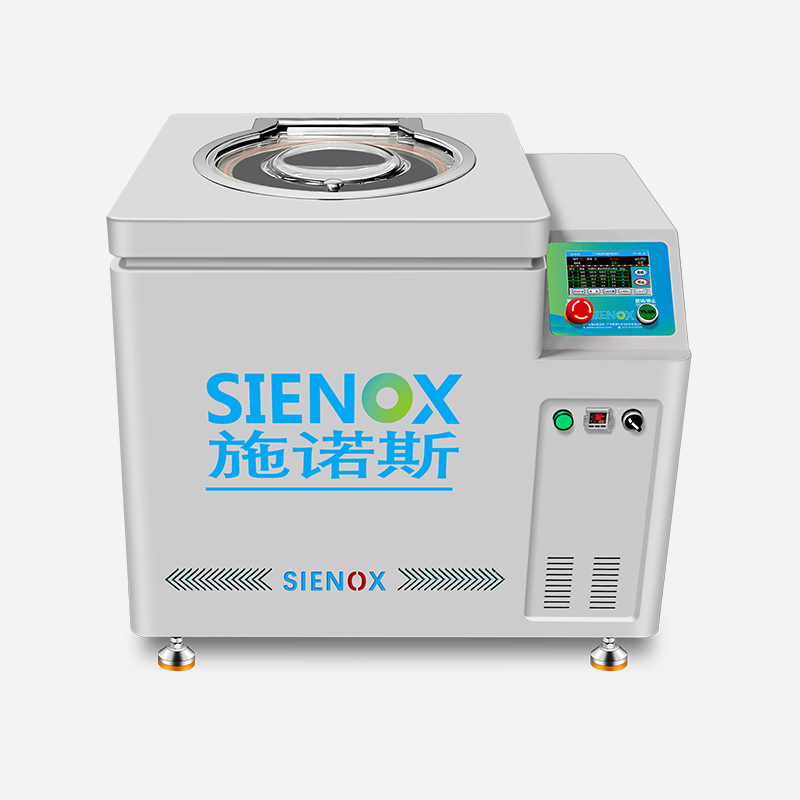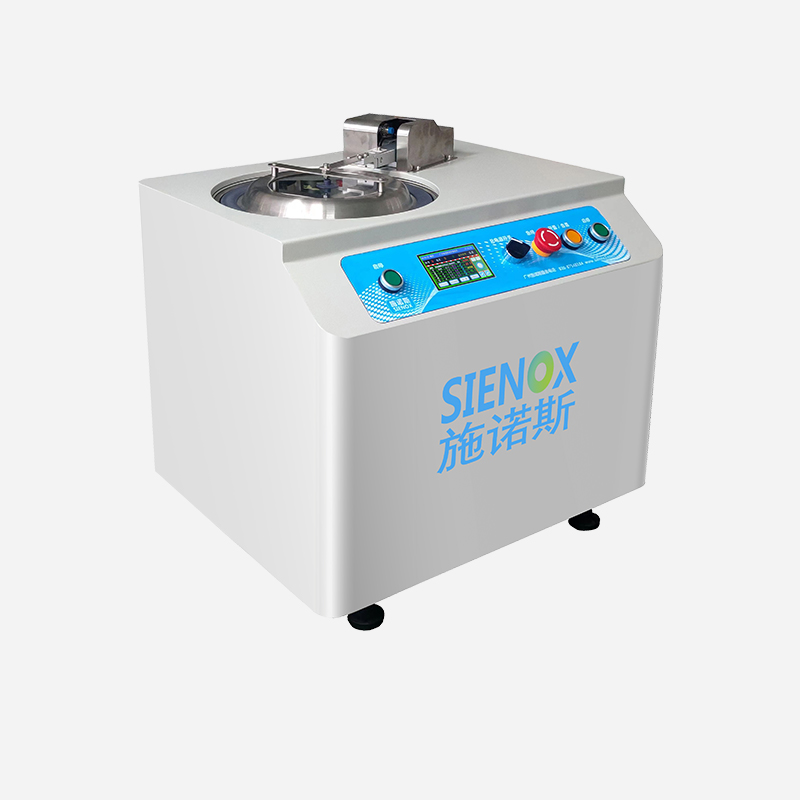
News

TEL:18925129293
The key steps to correctly use a vacuum defoaming machine
date:2023-09-07author:SIENOXA vacuum degassing machine is a commonly used equipment in industries where high bubble-free requirements exist, such as LED epoxy resin, LED lighting, plastic toys, etc. Proper usage of a vacuum degassing machine can effectively remove bubbles from materials, thereby improving product quality. This article will introduce the key steps for correctly using a vacuum degassing machine to help readers better grasp the operation techniques of this equipment.

Firstly, preparation is essential before using the vacuum degassing machine. Ensure that the equipment is in good working condition, check the tightness of the vacuum pump connection, and ensure the vacuum chamber is clean and dust-free. Make sure the material container and workbench are clean and tidy to prevent impurities from entering the degassing process.
The second step is to place the material to be degassed into the vacuum degassing machine. Select a suitable container based on the material's characteristics and size, and place the material into the container. Ensure the surface of the material is flat and smooth to ensure uniform degassing effects.
Next is to seal the container. Place the sealing cover on the top of the container and ensure it fits tightly. Check if the sealing ring on the sealing cover is intact, and if damaged or aged, replace it promptly to ensure a proper seal.
Once sealed, place the container on the workbench of the vacuum degassing machine. Ensure the container is stable, and pay attention to whether there is a tight seal at the connection between the container and the vacuum degassing machine. If any air leakage is found, adjust the connection and reseal it promptly.
Next is to start the vacuum degassing machine. Following the requirements in the equipment manual, turn on the switch of the vacuum pump to begin extracting air from the container. During the evacuation process, observe the indication on the vacuum gauge to ensure the vacuum level gradually increases. Generally, the degassing process needs to be maintained for a certain period, the specific time depends on the characteristics and requirements of the material.
During the degassing process, vibration treatment can be performed as needed. Vibration can help release bubbles from the material quickly, accelerating the degassing effect. However, it's essential to ensure that the vibration intensity is moderate to avoid damaging the material.
After degassing is complete, the switch of the vacuum pump can be turned off to stop the evacuation process. Wait for the vacuum level to return to normal, then carefully open the sealing cover of the container. Be sure to open it from the edge of the container to avoid potential pressure changes.
Finally, remove the degassed material for inspection. Check if there are obvious bubbles on the material surface, and if necessary, use a magnifying glass or microscope for a more detailed observation. If bubbles are still present, additional degassing treatment can be performed as needed.
In summary, the key steps for correctly using a vacuum degassing machine include preparation, placing materials, sealing containers, starting the equipment, conducting degassing treatment, post-treatment inspection, etc. Only by mastering these key steps can the normal operation of the vacuum degassing machine be ensured, and the expected degassing effect achieved. It is hoped that this introduction will be helpful to readers in correctly using vacuum degassing machines.


















